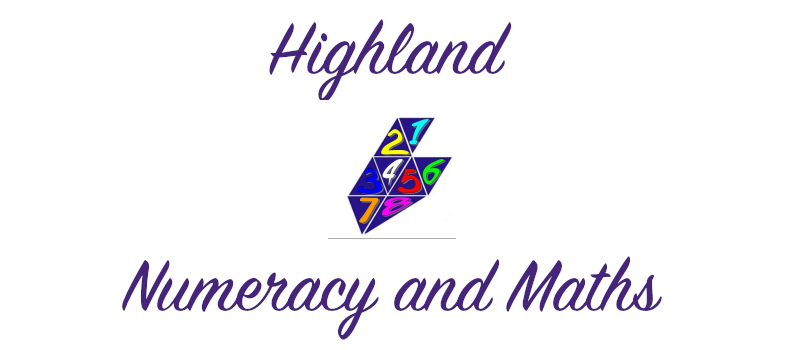3.1 Deciding on a stage: General guidance
Points to consider:
- Remember that the level you are assigning is specific to the assessment (in this case addition and subtraction) and does not describe their overall 'level' in maths.
- If you are looking to use the assessments to assign an overall level to pupils, the range of assessments should be considered (not just any one assessment) and this should also be taken in the context of other assessment evidence as well as evidence from classwork, class discussions etc.
- For the strategy assessments, in general assign a level where they've shown evidence of learning even if they've used less efficient strategies in other areas.
For example, a pupil may use counting on/counting back strategies for most questions but for 9 + 8 (for example), they used a part-whole strategy solving the problem as 9 + 1 = 10 and 10 + 7 = 17. They've broken up the 8 into two parts, 1 and 7. In this case, although most of their strategies are at the First * level (counting on/back), they have shown evidence of early part-whole thinking and as such their overall level is recorded as First **. - Use your understanding of the difference between the sophistication of thinking and the number ranges to help make your decision.
- The guidance in the 'decision' column of the assessment provides brief notes that can support your decision.
- The response and level guidance document can be referred to for more detailed information about each task but also guidance on deciding between levels if it is not clear.
Last modified: Friday, 16 August 2019, 11:21 AM
